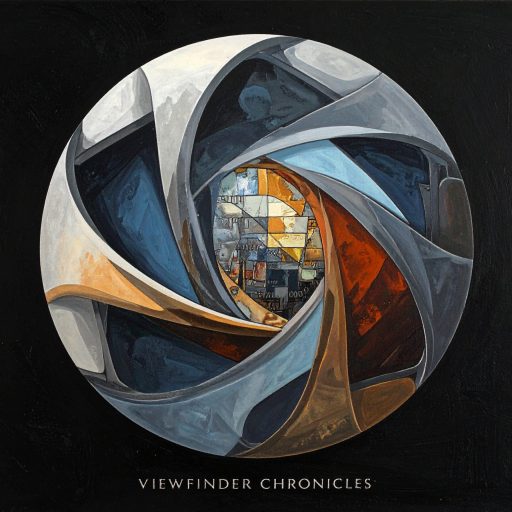
I have been waiting for what feels like an eternity to properly sit down with Ala Ebtekar’s Thirty-Six Views of the Moon. Family life, site projects, and the inescapable gravitational pull of daily chaos meant I had to keep putting it down, always promising myself I would return. Last night, however, I finally got the chance to work through it, from cover to cover.

This is where the resonance begins, rooted in a beautiful, almost melancholic nostalgia. I am forty seven now, and many of those early fascinations have been allowed to fade amid the relentless grit of daily chaos, but this book brought them all flooding back. I have often spoken on this site about my deep love for poetry, but I am also intensely fascinated with astronomy, a passion inherited directly from my father. I remember those long ago evenings at the window, tracing the ancient, impossible patterns of constellations I have long forgotten. The moon itself was always the steadfast anchor amid our shifting world, and here, in Ebtekar’s cyanotypes, that quiet wonder echoes with a profound, personal weight. It is a project that speaks directly to the enduring childhood dream I still hold, the visceral urge to see a rocket launch in the flesh, to actually stand beneath that violent, beautiful escape from our own atmosphere and touch the sublime. Admitting the oversight in letting these cosmic fascinations fade is part of the work’s power, it does not scold, but simply offers a soul settling fusion of celestial vastness and personal impermanence, leaving me profoundly grateful for art’s power to reclaim what time constantly threatens to eclipse.
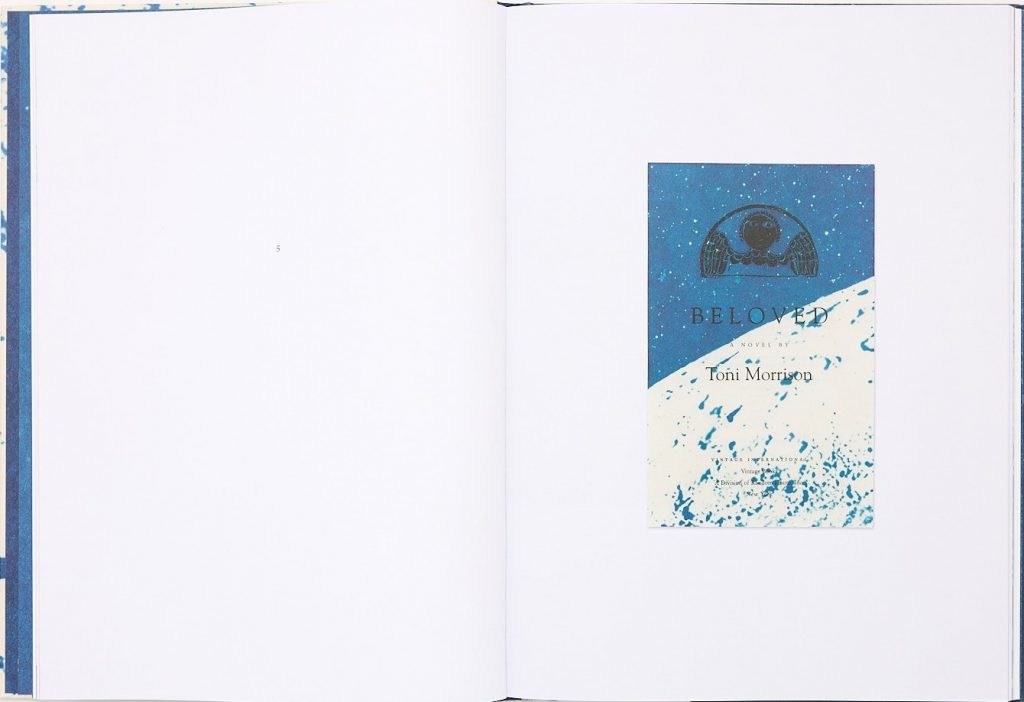
Ebtekar’s method alone is enough to captivate the mind and heart, transforming the finished object from a mere art book into an artefact whispering of ancient secrets. The book’s core process is an elemental, ritualistic act of patience, where the artist has chosen to expose photosensitive paper and film to the actual light of the moon alone, often using the cyanotype process. This is a profound act of collaboration with time itself, harnessing the cosmos’s ancient light as both medium and messenger, imprinting the image as a living historical record. The photograph we see is literally etched by light that has travelled an impossible span of time and distance, collapsing vast temporal distances into intimate, fragile revelations.
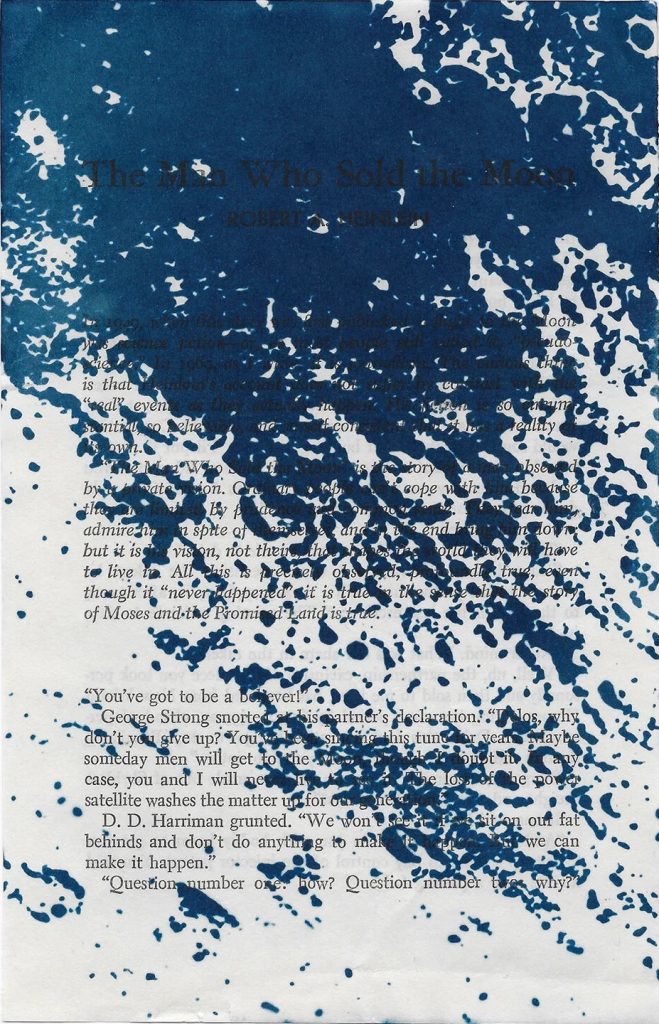
The physical form of the volume, crafted with Radius Books’ exceptional artistry, further elevates the experience. This is a large hardcover, measuring ten by fourteen inches, inviting readers to linger over each page as if standing before a gallery piece. Its structure is a deft curatorial choice, allowing spreads to unfurl like the slow, rhythmic phases of the moon, moving with a delicate rhythm that slips seamlessly. Inside, reproductions of night skies overlay celestial charts, historical manuscripts, and photographic negatives, all made in a hypnotic indigo palette reminiscent of Persian illuminations entwined with the cool blue of cyanotypes. The visual language is not one of cold, scientific precision, the images are hazy, textural, and deliberately ambiguous, a visual poetry where scientific exactitude yields to the unknowable haze of memory. This is an unsettling yet beautiful visual honesty that transforms the page into a portal for the sublime.

The work unfurls a rich tapestry of themes that linger long after the pages turn. The very title, Thirty-Six Views of the Moon, is a direct, knowing nod to Hokusai’s iconic Thirty-Six Views of Mount Fuji, at once framing the moon as a universal emblem of cultural memory, one that transcends borders. Ebtekar, an artist deeply rooted in the concept of diaspora, uses this celestial symbol to explore how ancient Persian cosmology and Islamic traditions overlay and inform modern astronomical data. The moon serves as an anchor for identity and memory, bridging Eastern mysticism with Western science, a powerful challenge to reconcile empirical precision with poetic revelation. The book asks how cultural heritage survives the journey of time and distance when symbols like the moon remain steadfast in the sky above.

This deliberate and patient orchestration of time is one of the book’s greatest philosophical achievements. The celestial’s vastness is made intimately tangible through the painstaking process of patient, overnight communion with moonlight. It forces us to contemplate the unflinching flow of time, contrasting our fleeting, impermanent terrestrial experience with the eternal, unwavering presence of the celestial. The moon itself becomes the ultimate, quiet witness, an eternal presence over all human history, conflict, and the fleeting moments of joy and strife that define our short lives. This project prompts profound wonder about humanity’s fragile perch beneath the infinite cosmos, questioning whether shared, skyward longing forges a universal identity amid impermanence, or if such witnessing merely heightens our solitude in an eternal cycle.
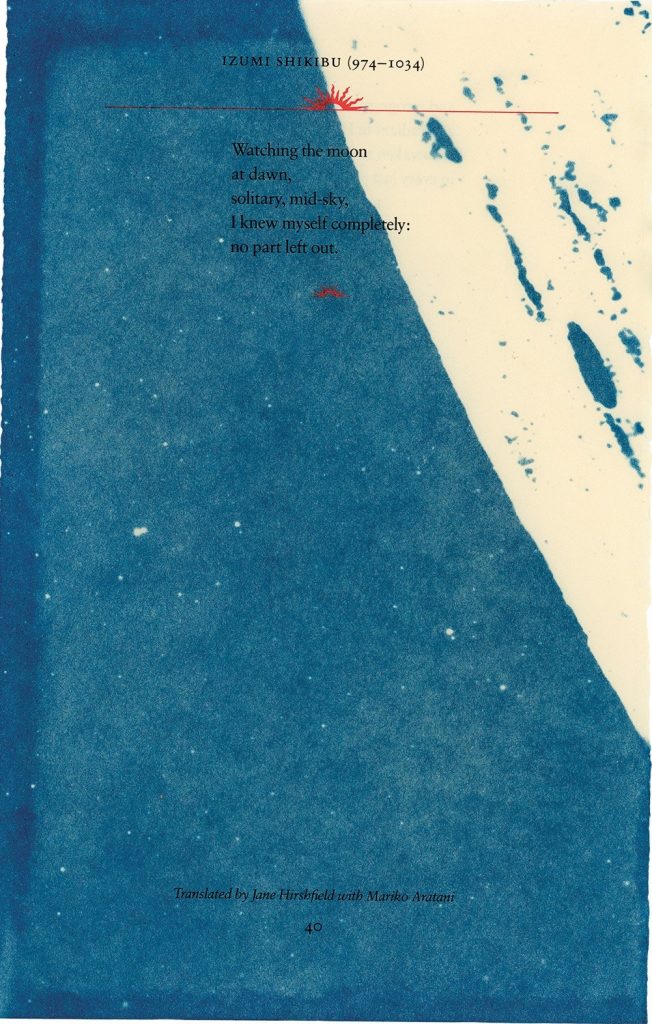
Flipping through these expansive spreads, I found myself piecing together how each cyanotype once formed part of a vast installation, now unfolding intimately across the page, a curatorial rhythm that invites lingering pauses amid the cosmic hush. This rigour and quiet contemplation serve as a powerful counterpoint to my own street level documentary pursuits, those granite edged glimpses of human strife and the relentless chaos of the immediate. I have spent so much time wrestling with the grit, with the immediacy of human turmoil, that this volume acts as a necessary corrective, reminding me that profound narratives often emerge when we tilt our gaze upward, beyond the immediate fray, to the eternal order that cradles our fleeting stories. It’s a revelation that leaves me profoundly grateful for Radius Books’ masterful handling of such luminous subtlety, ensuring the book’s physical form is worthy of the cosmic weight it has.
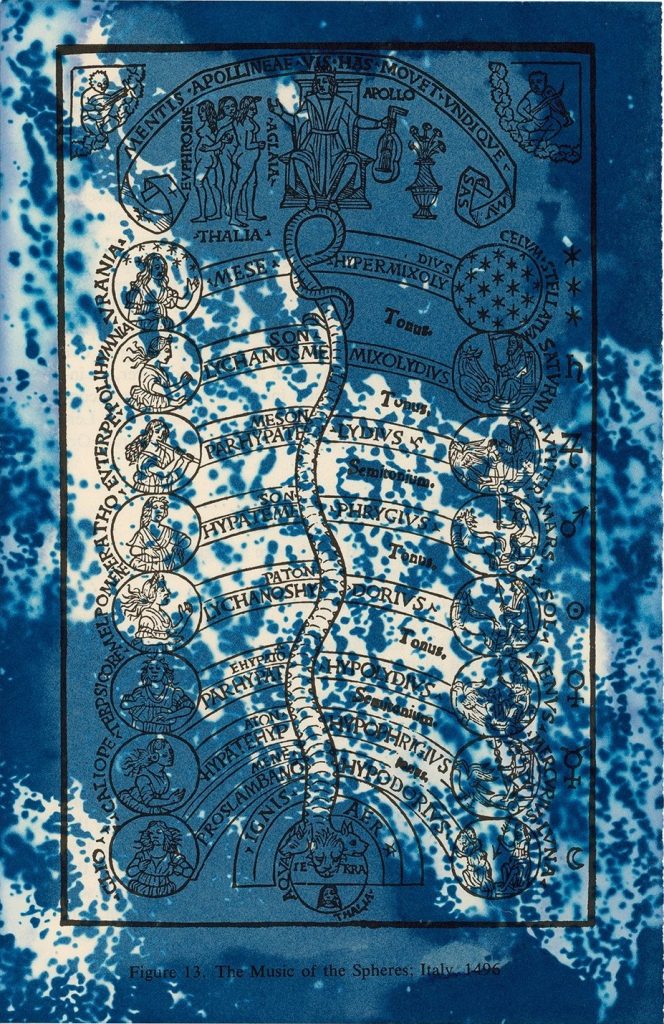
This book is a triumphant synthesis of art and science, and its final message is clear, it reclaims the moon from sterile, objective observation and restores its place as a poetic, collective emblem of shared curiosity. It reminds us that we have collectively traded our ancient skies for the glowing screens of our phones, forgetting the silent, magnificent spectacle overhead that demands both stillness and awe. In the end, Thirty-Six Views of the Moon reignites that dormant spark of cosmic intimacy, transforming the night sky from a distant spectacle into a living archive of shared human breath, compelling me to tilt my lens upward once more and etch its ancient glow into my own fragile frames, this will be a book that is always about and spoken about.
Regards
Alex
